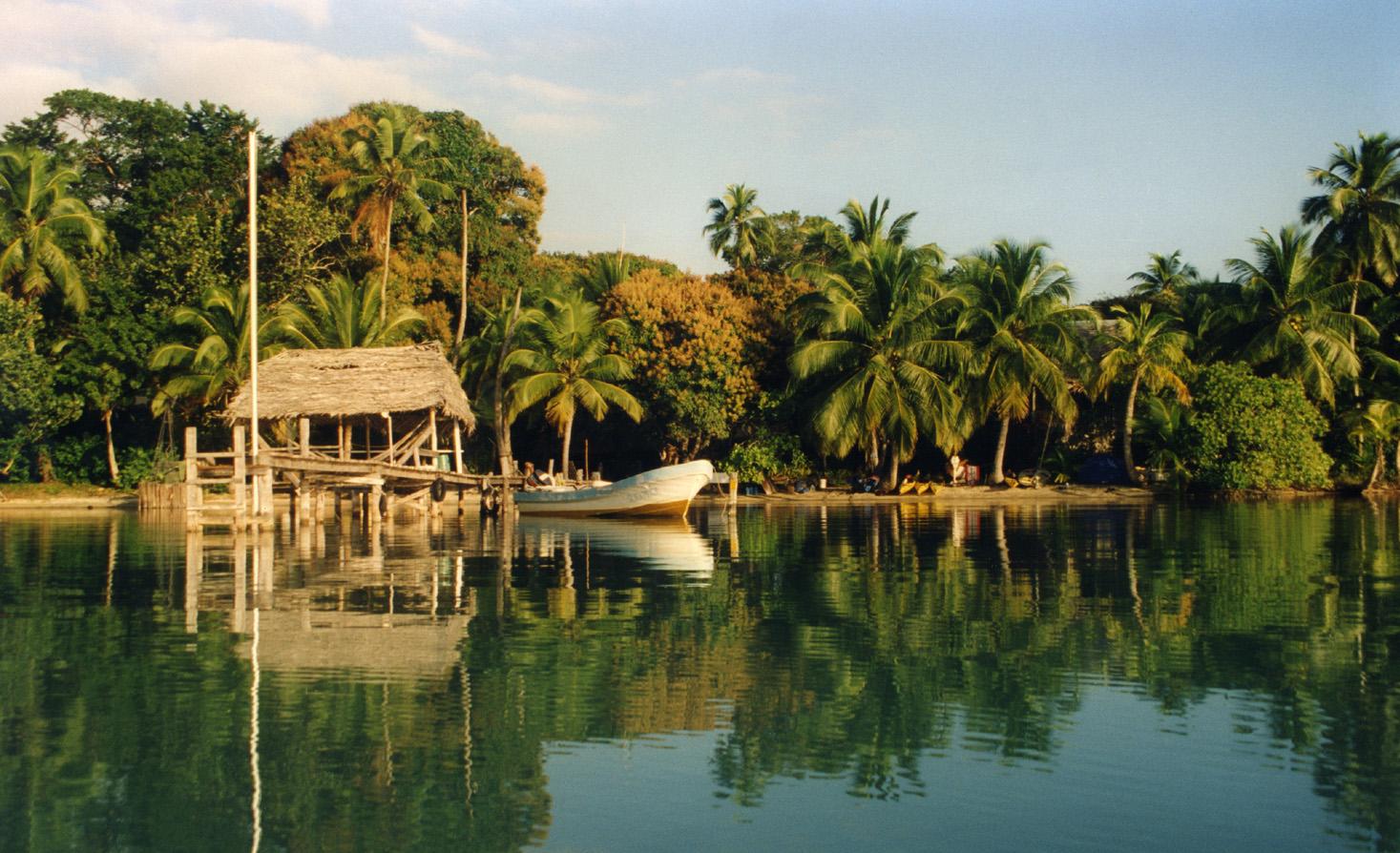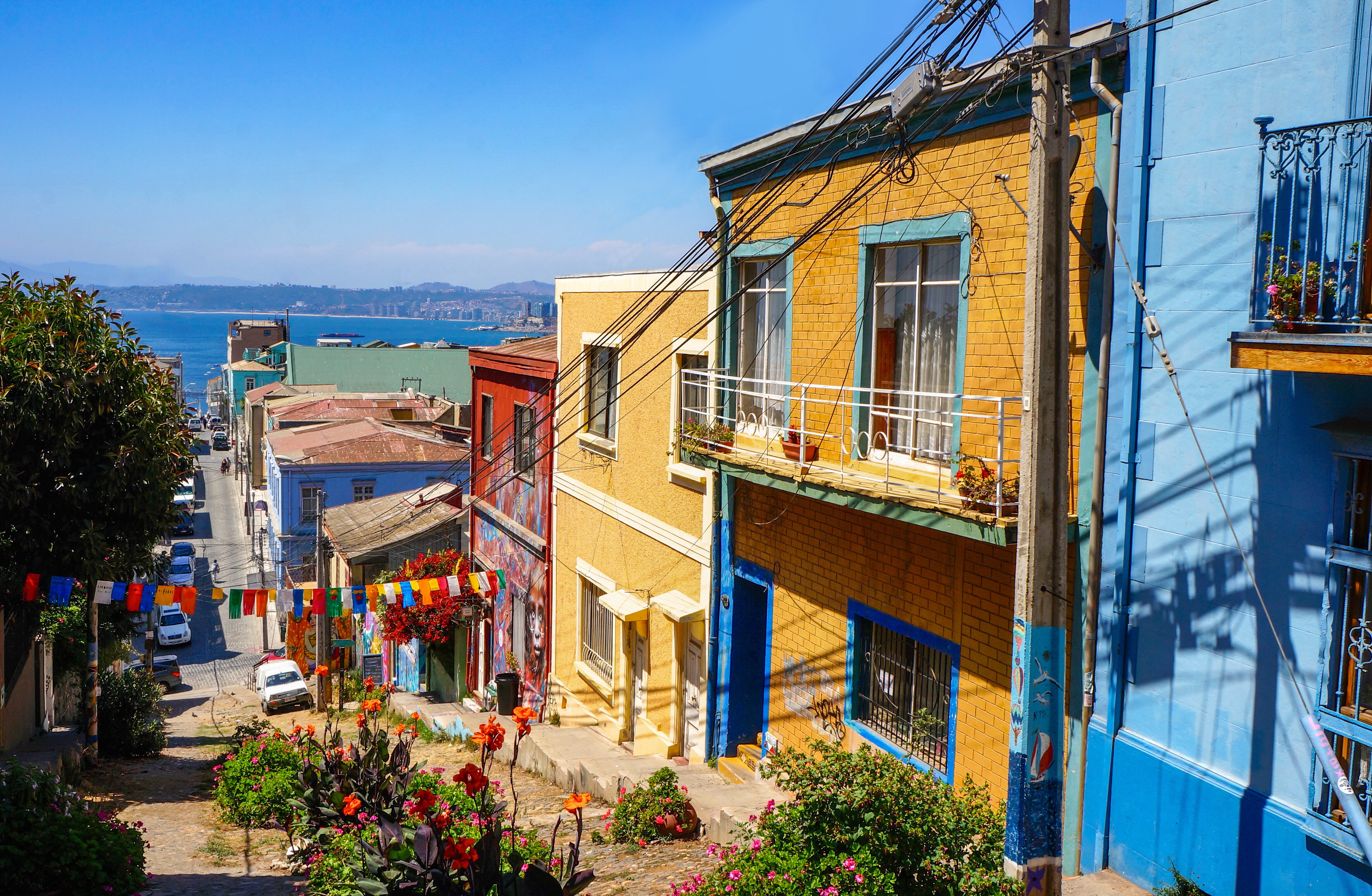Cities Using New Cruise Taxes to Fight Overtourism
In recent years, overtourism has emerged as a formidable challenge for many global cities, particularly those that are popular cruise ship destinations. The influx of tourists can strain local infrastructures, disrupt daily life for residents, and threaten the sustainability of natural and cultural resources. To combat these issues, cities have begun implementing innovative cruise tax solutions aimed at balancing the economic benefits of tourism with the preservation of local environments and communities. This article explores how 13 cities across the globe are tackling overtourism through creative tax strategies, providing insights into the effectiveness and challenges of these approaches.
1. Venice, Italy: Pioneering Visitor Contribution Fees
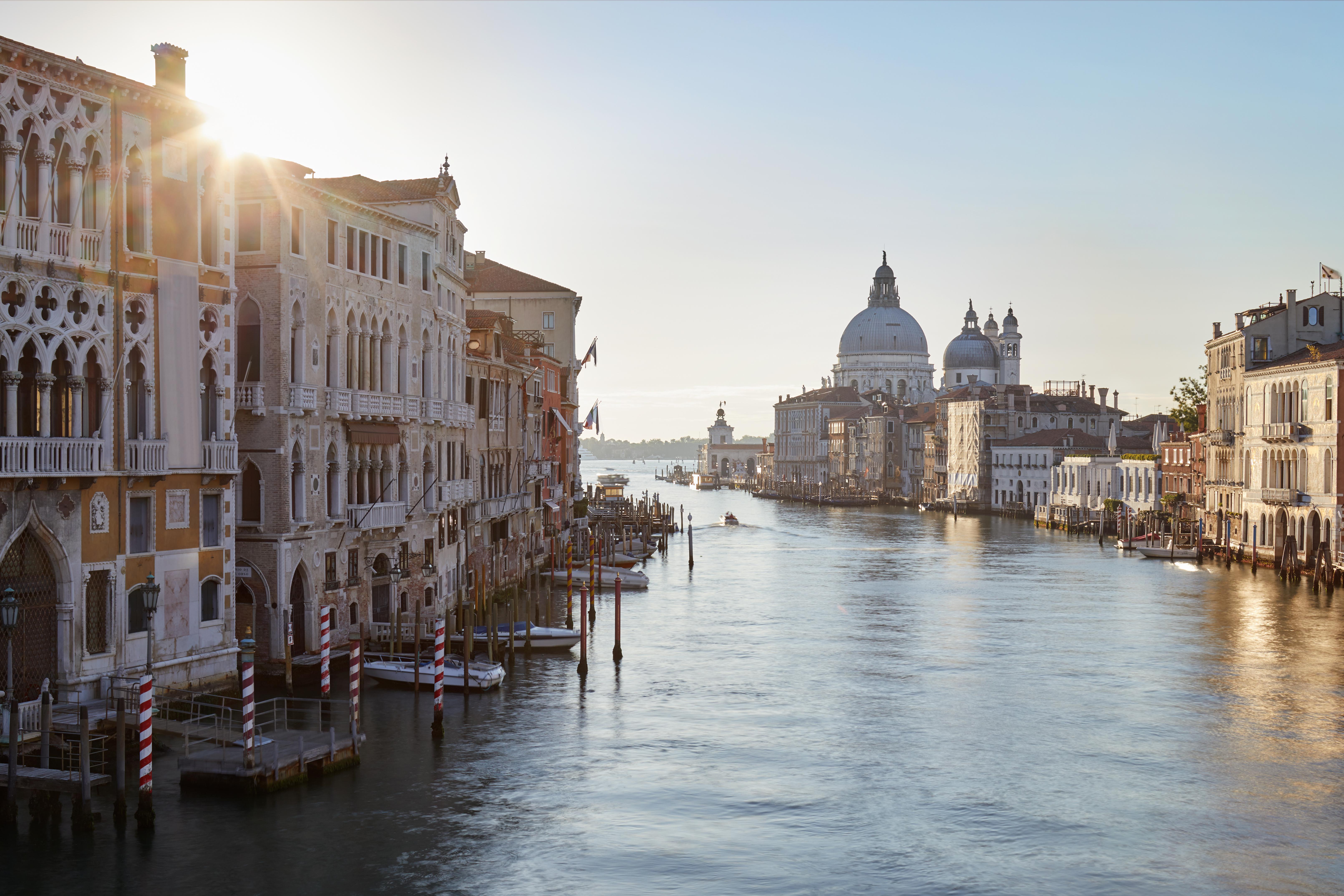
Venice has long been a poster child for overtourism, with its narrow canals and ancient architecture struggling under the weight of millions of tourists each year. In response, the city introduced a "visitor contribution" fee for day-trippers arriving via cruise ships. This fee, which varies seasonally, is designed to fund the maintenance of the city's fragile infrastructure and cultural heritage. The initiative aims to encourage more sustainable tourism practices and has sparked a broader conversation about the need for similar measures in other tourist-heavy cities. By channeling these funds into preservation efforts, Venice hopes to protect its unique charm for future generations.
2. Barcelona, Spain: Balancing Economic Interests and Community Well-being
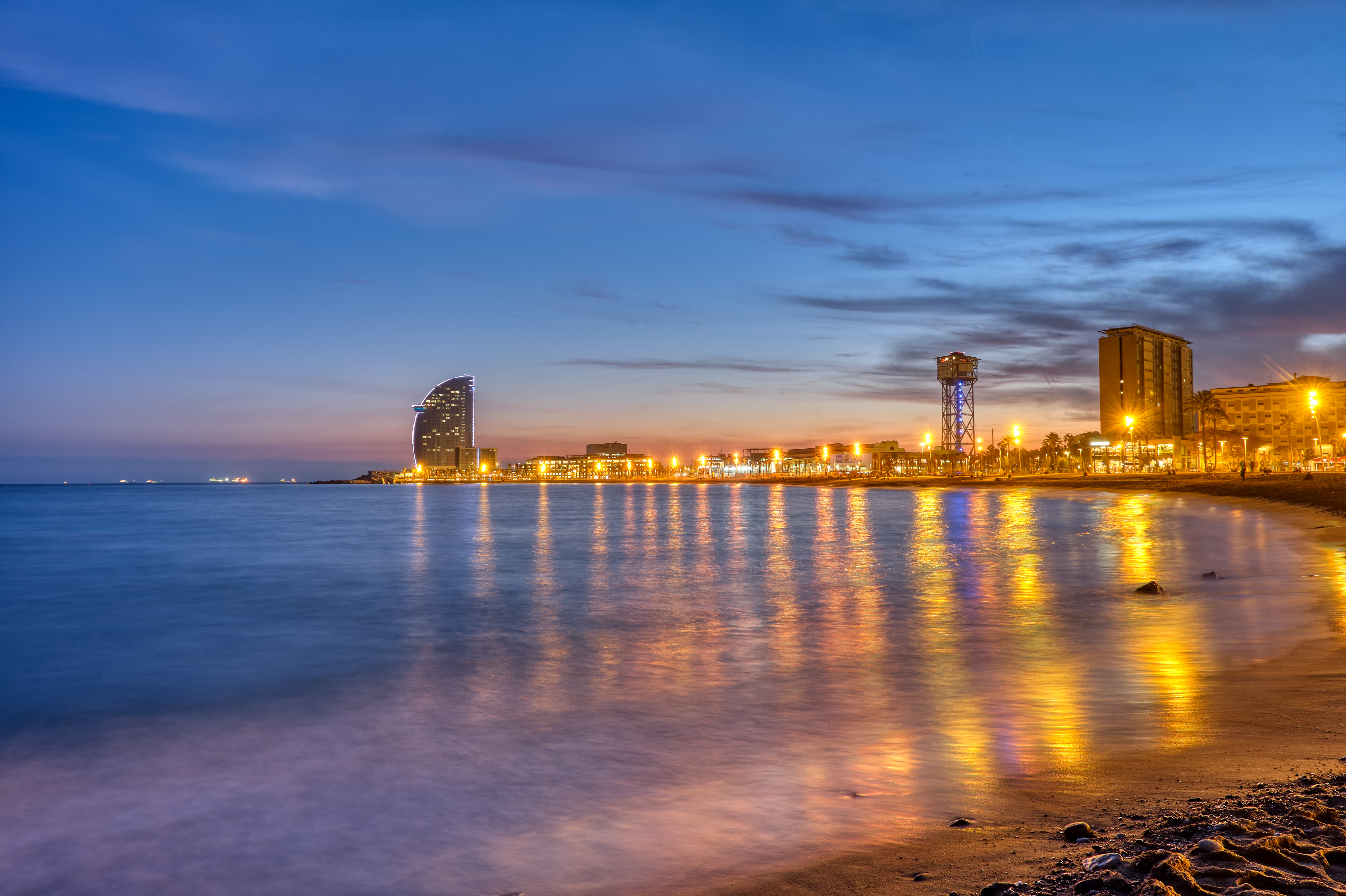
Barcelona has implemented a cruise tax that directly addresses the economic and social impacts of overtourism. The tax is part of a broader strategy to limit the number of cruise ships docking at its ports, thus reducing the influx of tourists at any given time. Revenue generated from this tax is reinvested into local neighborhoods, enhancing public services and infrastructure. This approach not only mitigates the negative effects of overtourism but also ensures that the benefits of tourism are equitably distributed. By prioritizing community well-being, Barcelona is setting a precedent for sustainable urban tourism management.
3. Dubrovnik, Croatia: Preserving a UNESCO World Heritage Site
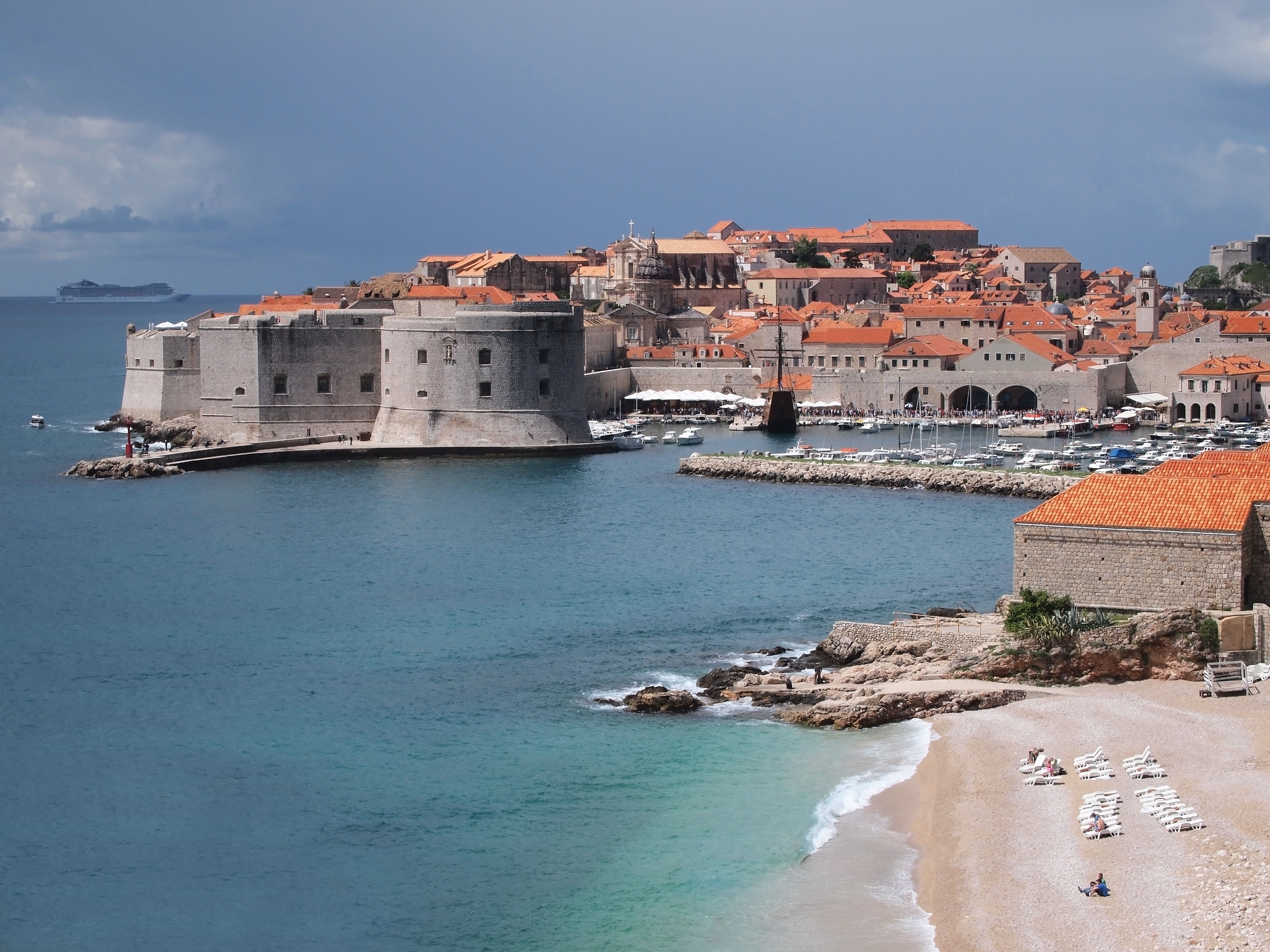
Dubrovnik, famed for its stunning medieval architecture, faces the dual challenge of preserving its UNESCO World Heritage status while accommodating a growing number of tourists. The city has introduced a cruise tax specifically earmarked for conservation projects. This tax is part of a larger strategy that includes limiting the number of cruise ships allowed to dock each day. By controlling tourist numbers and investing in preservation, Dubrovnik aims to protect its cultural assets while still benefiting from tourism. This model highlights the importance of integrating cultural preservation into tourism management strategies.
4. Amsterdam, Netherlands: Encouraging Sustainable Tourism Practices
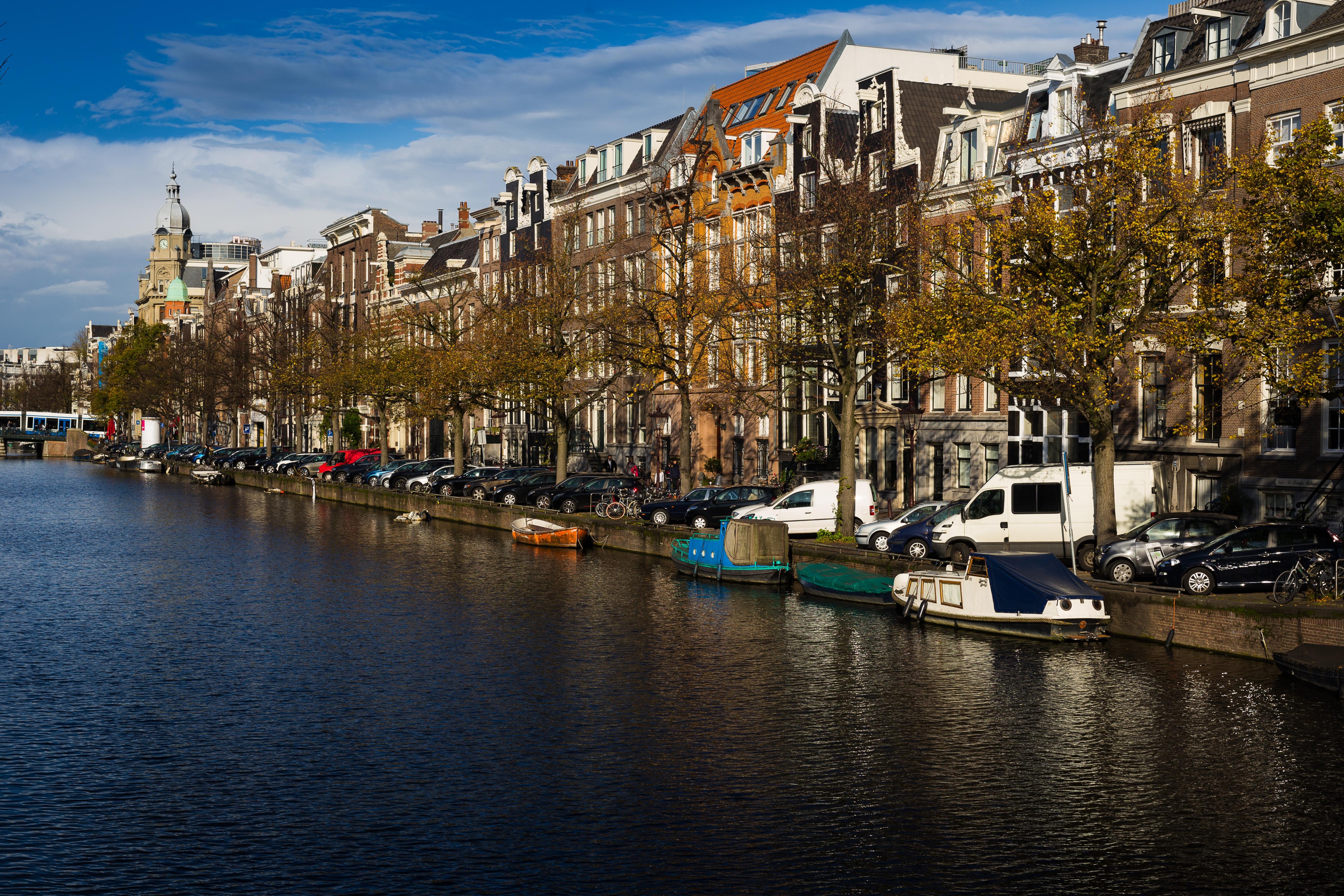
Amsterdam's approach to managing overtourism involves a multifaceted strategy that includes a cruise tax aimed at promoting sustainable tourism practices. The tax is used to fund environmental initiatives and improve public transportation systems, making it easier for tourists to explore the city without contributing to congestion. By investing in sustainable infrastructure, Amsterdam seeks to reduce the environmental footprint of its tourism industry. This approach not only addresses overtourism but also aligns with the city's broader environmental goals, demonstrating how tourism management can be integrated into larger sustainability efforts.
5. Santorini, Greece: Managing Visitor Flow with Capacity Limits
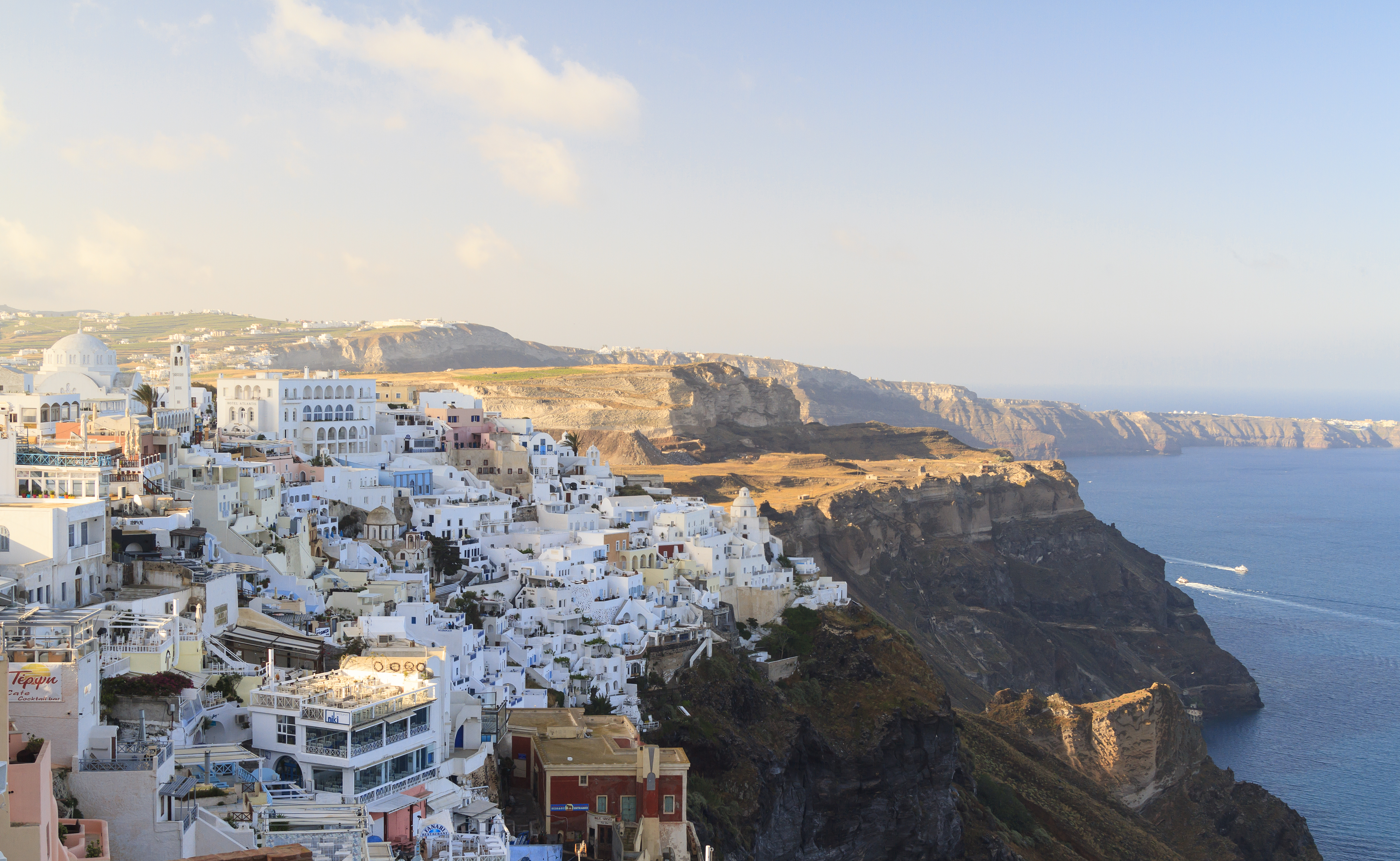
The picturesque island of Santorini has introduced a cruise tax in conjunction with strict capacity limits on the number of tourists allowed to disembark from cruise ships each day. This dual approach helps manage the flow of visitors and reduces the strain on local resources. The tax revenue is used to enhance infrastructure and support local businesses, ensuring that tourism benefits the community as a whole. By controlling visitor numbers and investing in local development, Santorini aims to maintain its appeal as a tourist destination while safeguarding its natural and cultural resources.
6. Juneau, Alaska: Funding Environmental Conservation
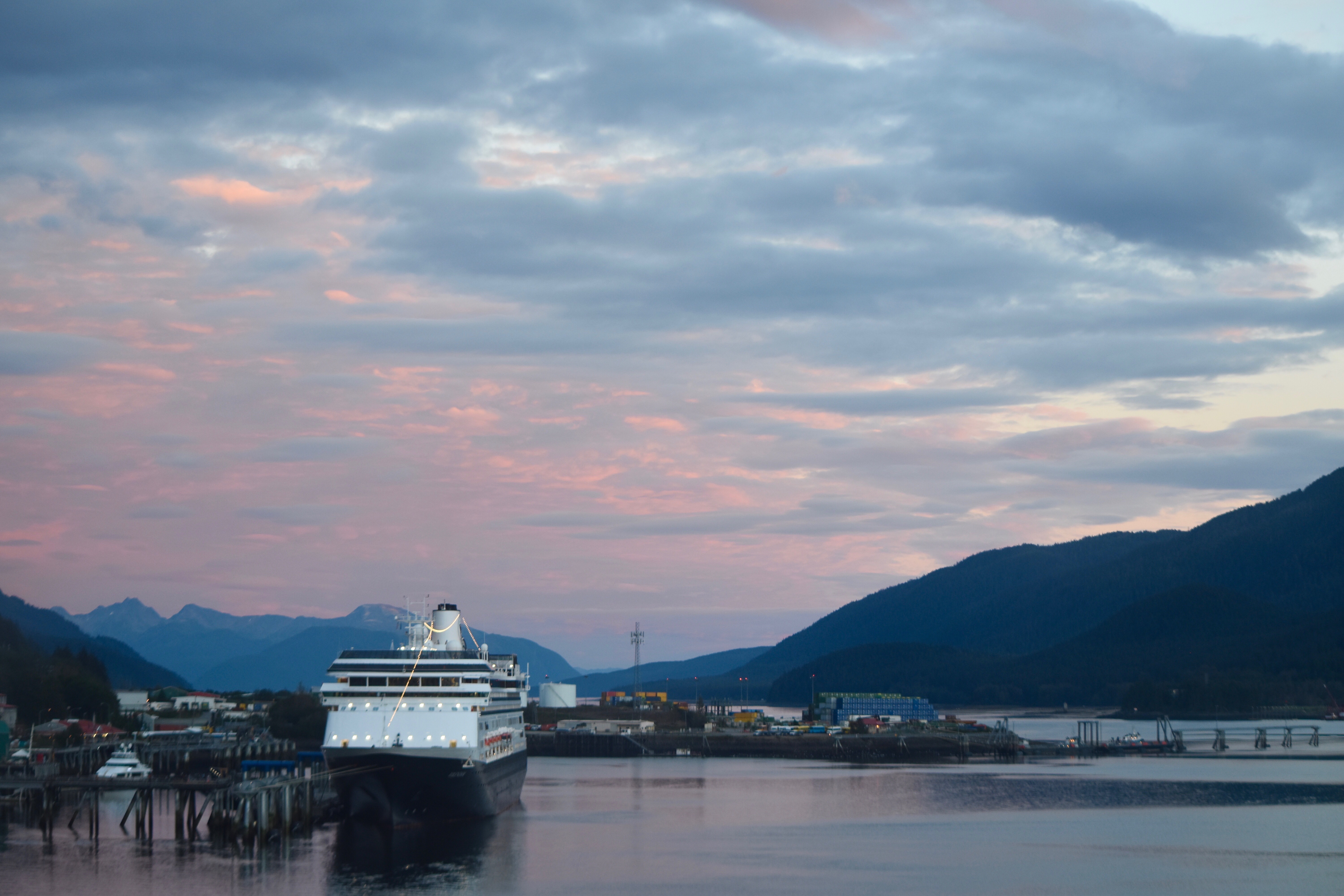
Juneau, a popular stop for Alaskan cruises, has implemented a cruise tax specifically designed to fund environmental conservation efforts. The tax revenue is used to protect the region's unique ecosystems and wildlife, which are major attractions for tourists. This approach not only helps preserve the natural beauty that draws visitors to Juneau but also ensures that tourism development does not come at the expense of the environment. By prioritizing conservation, Juneau is setting an example for other destinations on how to balance tourism growth with environmental stewardship.
7. Reykjavik, Iceland: Investing in Local Infrastructure
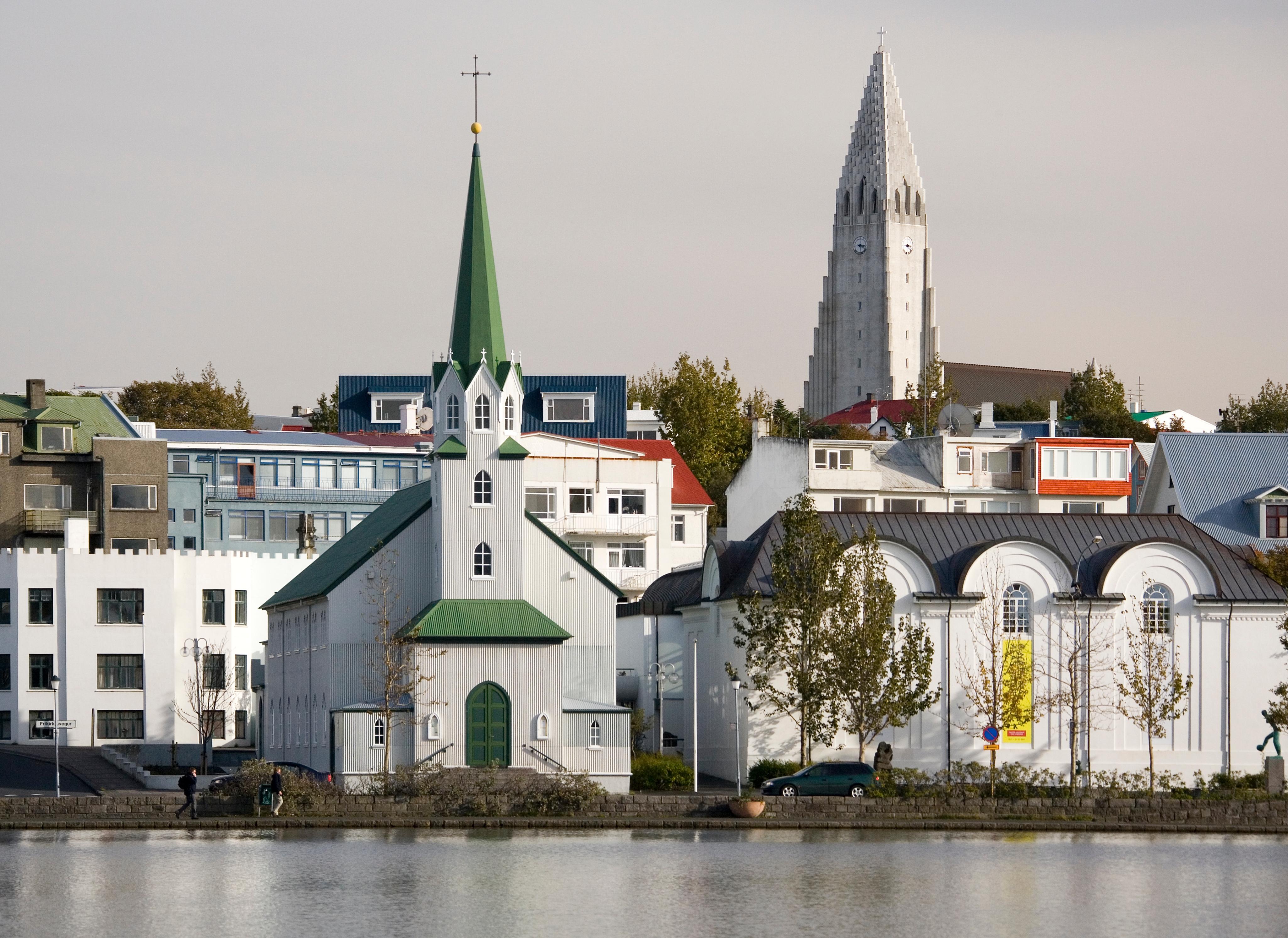
Reykjavik has introduced a cruise tax that focuses on improving local infrastructure to better accommodate the influx of tourists. The revenue is used to upgrade facilities, enhance public transportation, and develop tourist-friendly amenities. This investment in infrastructure not only improves the visitor experience but also benefits residents by reducing congestion and enhancing the quality of life. Reykjavik's approach demonstrates how strategic investment in infrastructure can mitigate the negative impacts of overtourism while supporting sustainable tourism growth.
8. Key West, Florida: Protecting Marine Environments
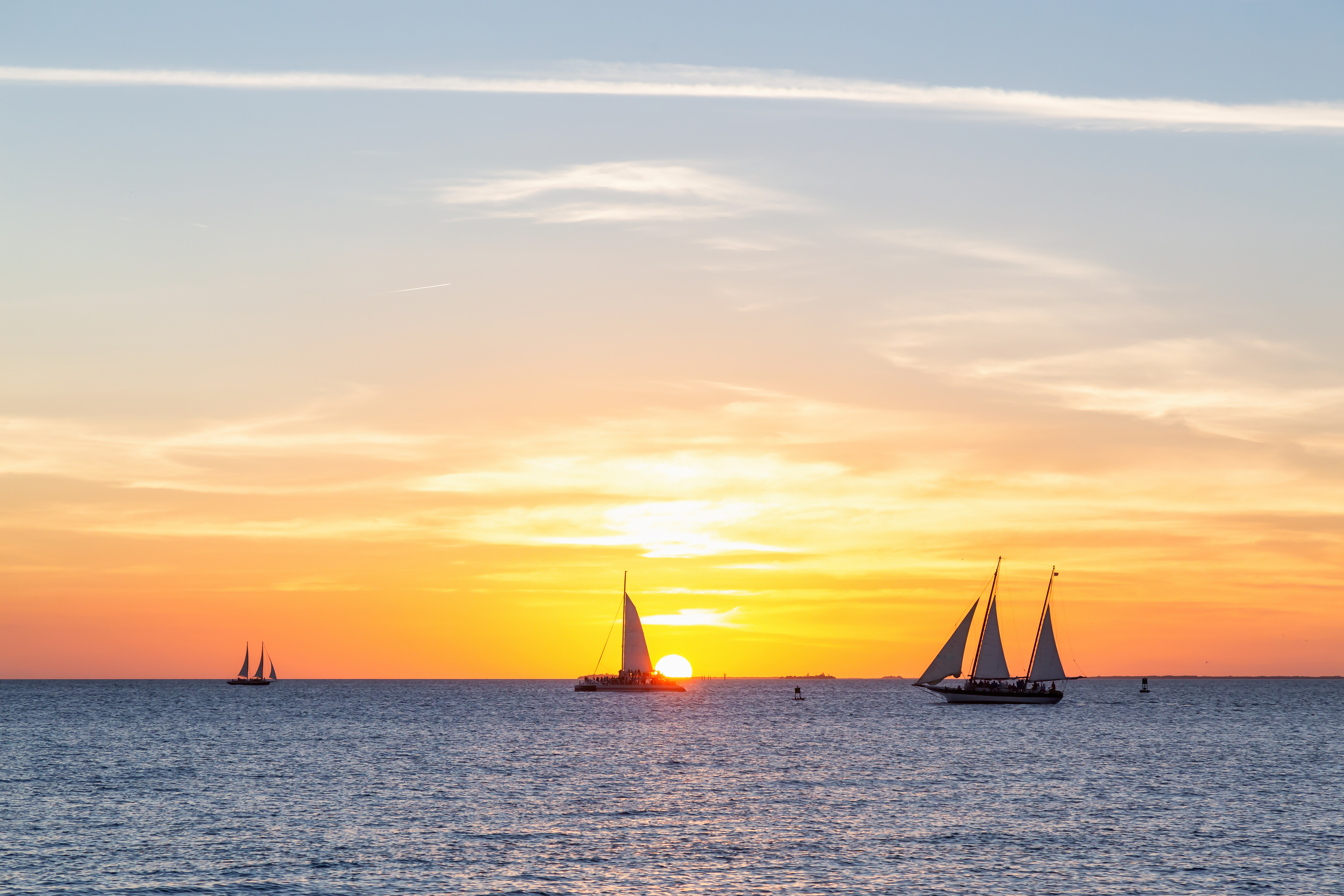
Key West has implemented a cruise tax aimed at protecting its delicate marine environments, which are a major draw for tourists. The tax revenue is used to fund marine conservation projects and support sustainable tourism initiatives. By investing in the preservation of its natural resources, Key West ensures that its tourism industry remains viable in the long term. This approach highlights the importance of aligning tourism management with environmental conservation efforts, providing a model for other coastal destinations facing similar challenges.
9. Split, Croatia: Balancing Heritage and Modernization
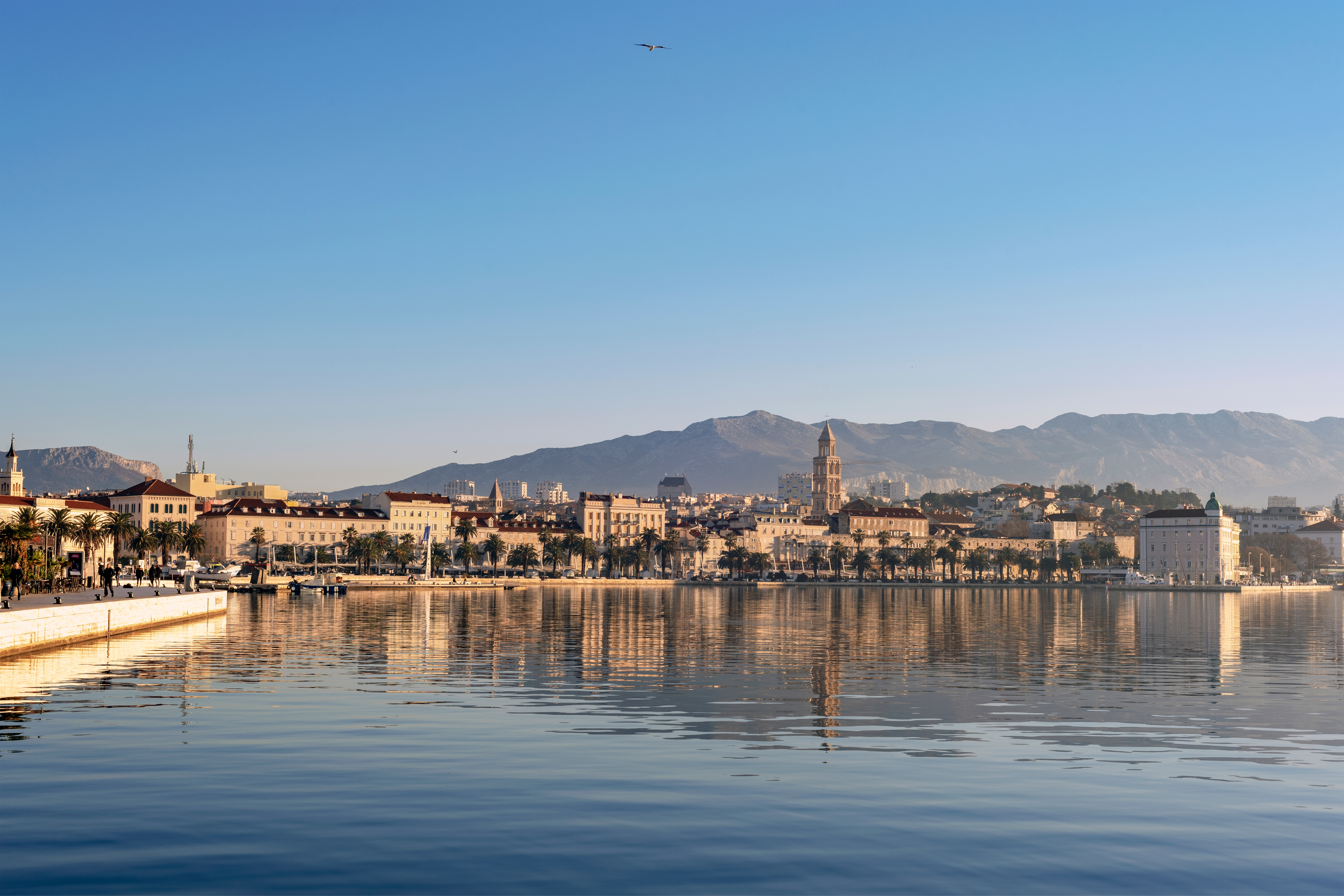
Split has introduced a cruise tax as part of a broader strategy to balance the preservation of its historical heritage with modern tourism demands. The tax is used to fund restoration projects and improve tourist facilities, ensuring that the city's rich history is preserved while accommodating contemporary needs. By integrating heritage preservation into its tourism management strategy, Split is able to maintain its cultural identity while benefiting from the economic advantages of tourism. This approach underscores the importance of aligning tourism development with cultural preservation efforts.
10. Sydney, Australia: Enhancing Visitor Experience
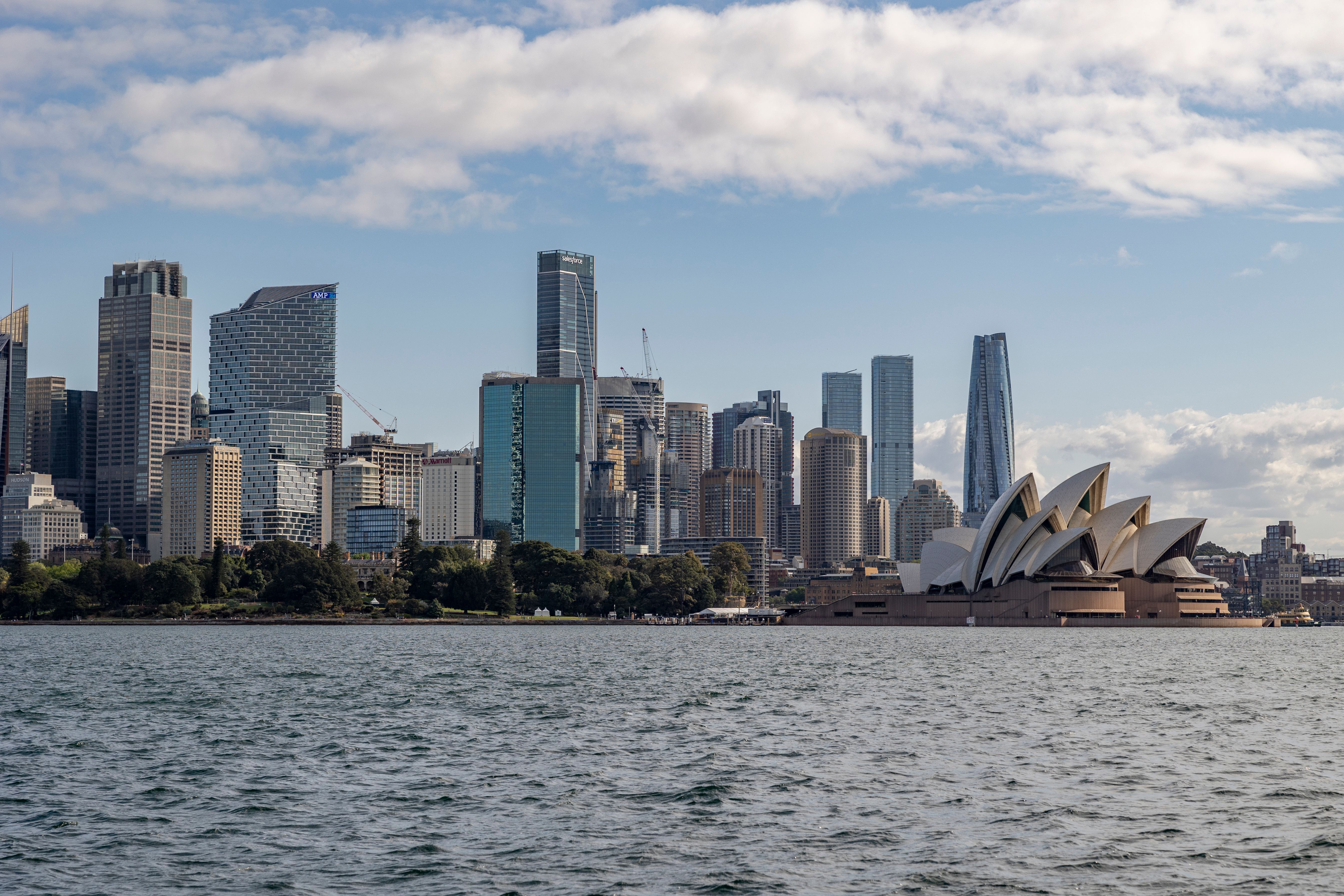
Sydney has implemented a cruise tax that focuses on enhancing the visitor experience by investing in tourist infrastructure and services. The tax revenue is used to upgrade facilities, improve accessibility, and develop new attractions, ensuring that visitors have a positive experience while exploring the city. By prioritizing the quality of the visitor experience, Sydney aims to attract a higher caliber of tourists who are more likely to respect local customs and contribute positively to the economy. This approach highlights the importance of investing in visitor experience as a strategy for sustainable tourism management.
11. Tallinn, Estonia: Promoting Off-Season Tourism
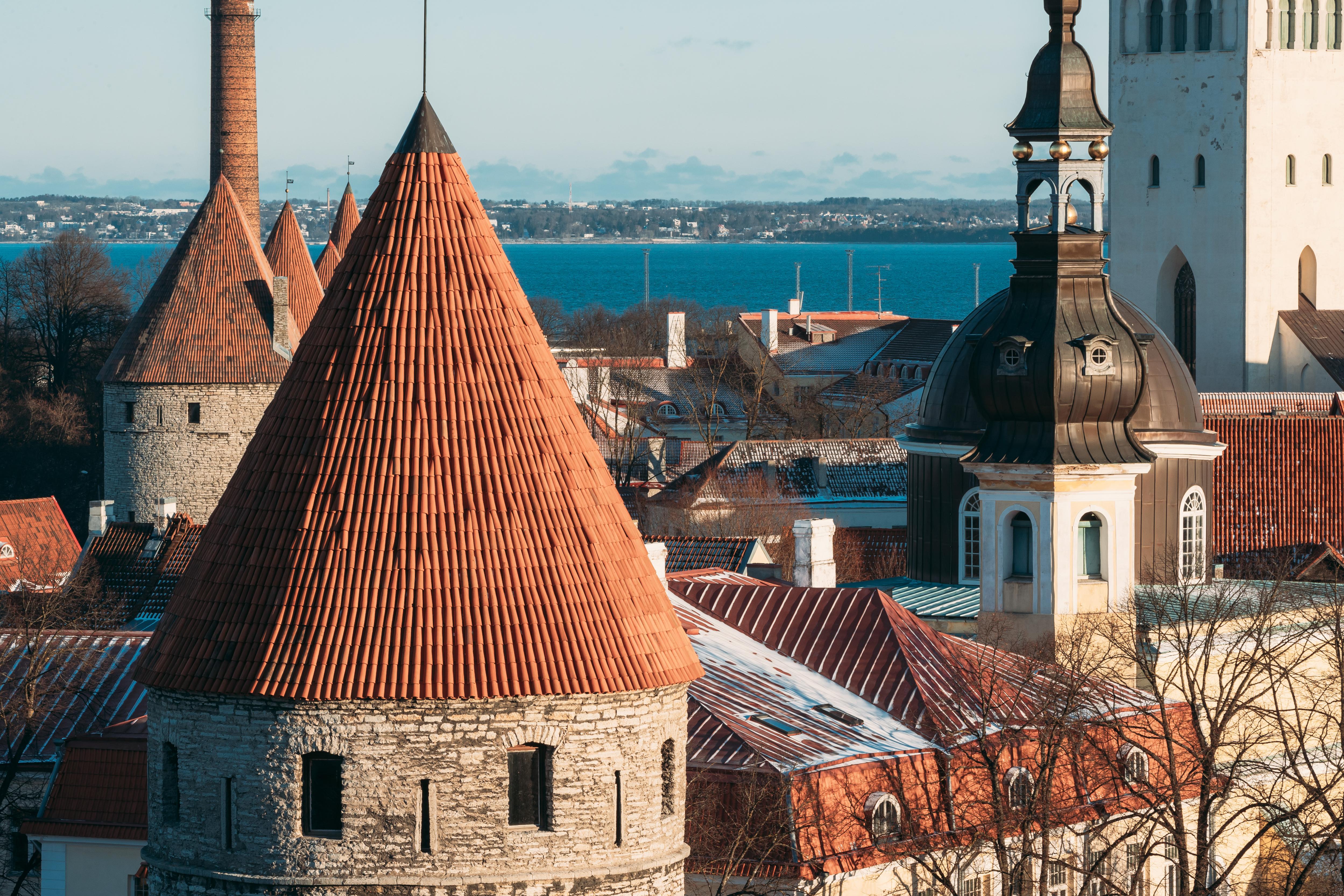
Tallinn has introduced a cruise tax designed to promote off-season tourism and reduce the strain on the city during peak tourist months. The tax revenue is used to develop marketing campaigns and incentives that encourage tourists to visit during less crowded times of the year. This approach helps distribute tourist numbers more evenly throughout the year, reducing congestion and allowing the city to better manage its resources. By promoting off-season tourism, Tallinn is able to maintain a steady flow of visitors while minimizing the negative impacts of overtourism.
12. Marseille, France: Supporting Local Communities
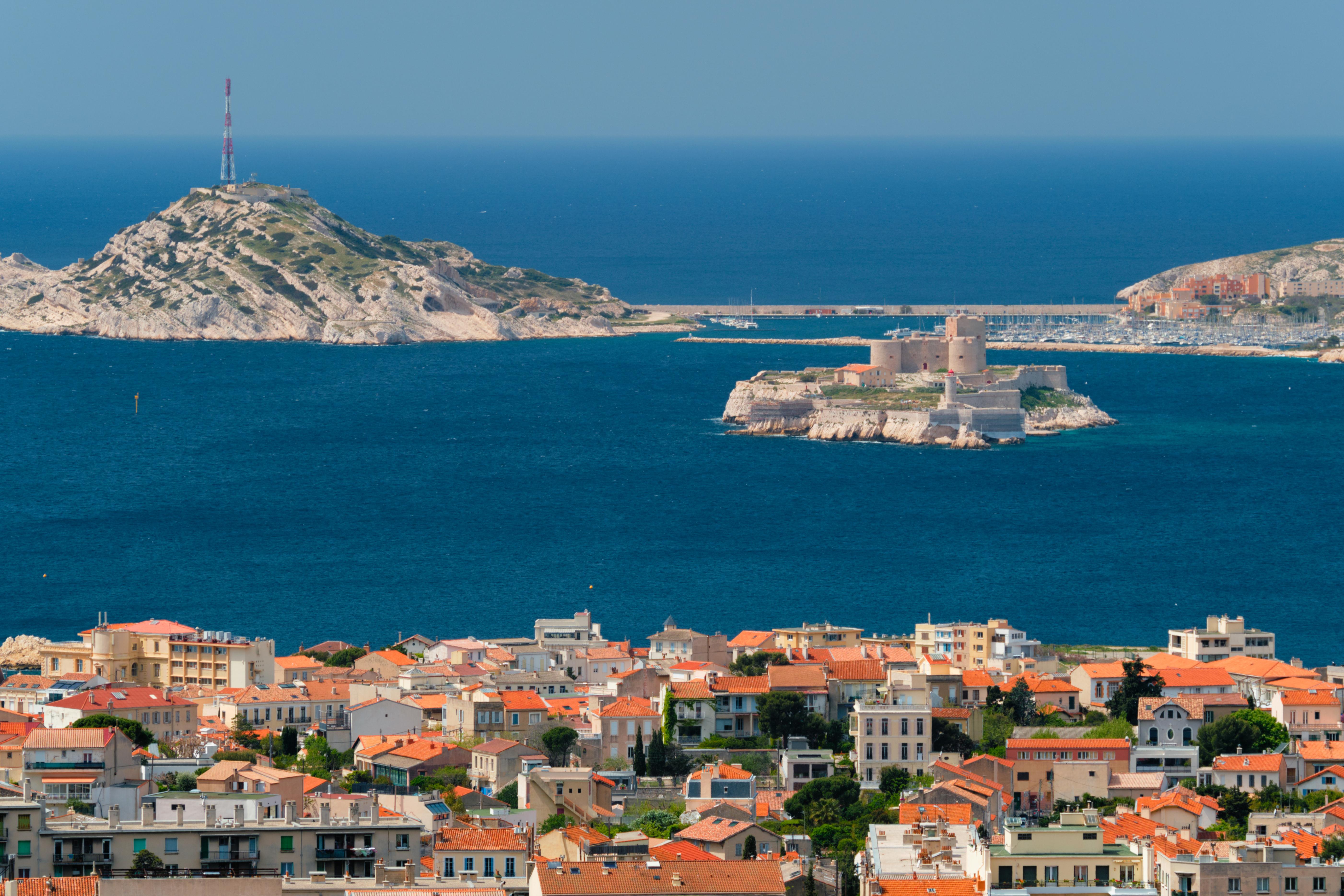
Marseille has implemented a cruise tax that focuses on supporting local communities and businesses. The tax revenue is used to fund community development projects and support local entrepreneurs, ensuring that the benefits of tourism are shared with residents. By investing in local development, Marseille aims to create a more equitable tourism industry that benefits both visitors and locals. This approach highlights the importance of community involvement in tourism management, providing a model for other cities seeking to balance tourism growth with local needs.
13. Bergen, Norway: Prioritizing Environmental Sustainability
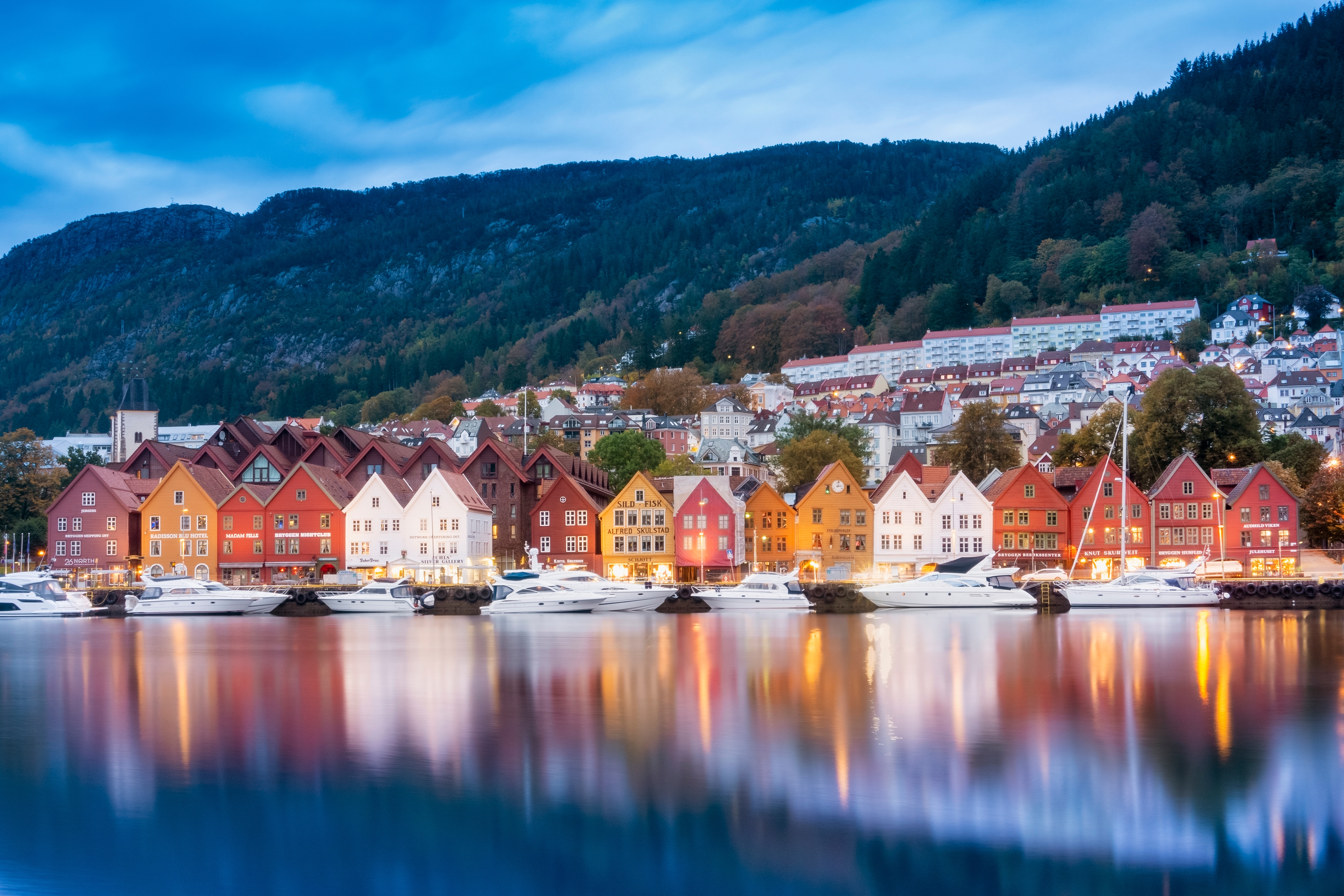
Bergen has introduced a cruise tax that prioritizes environmental sustainability, using the revenue to fund green initiatives and reduce the city's carbon footprint. The tax supports projects such as renewable energy development, waste reduction programs, and sustainable transportation solutions. By aligning tourism management with environmental goals, Bergen aims to create a more sustainable tourism industry that benefits both the environment and the economy. This approach demonstrates the potential for tourism management to contribute to broader sustainability efforts, providing a model for other cities facing similar challenges.
The Future of Cruise Tax Solutions
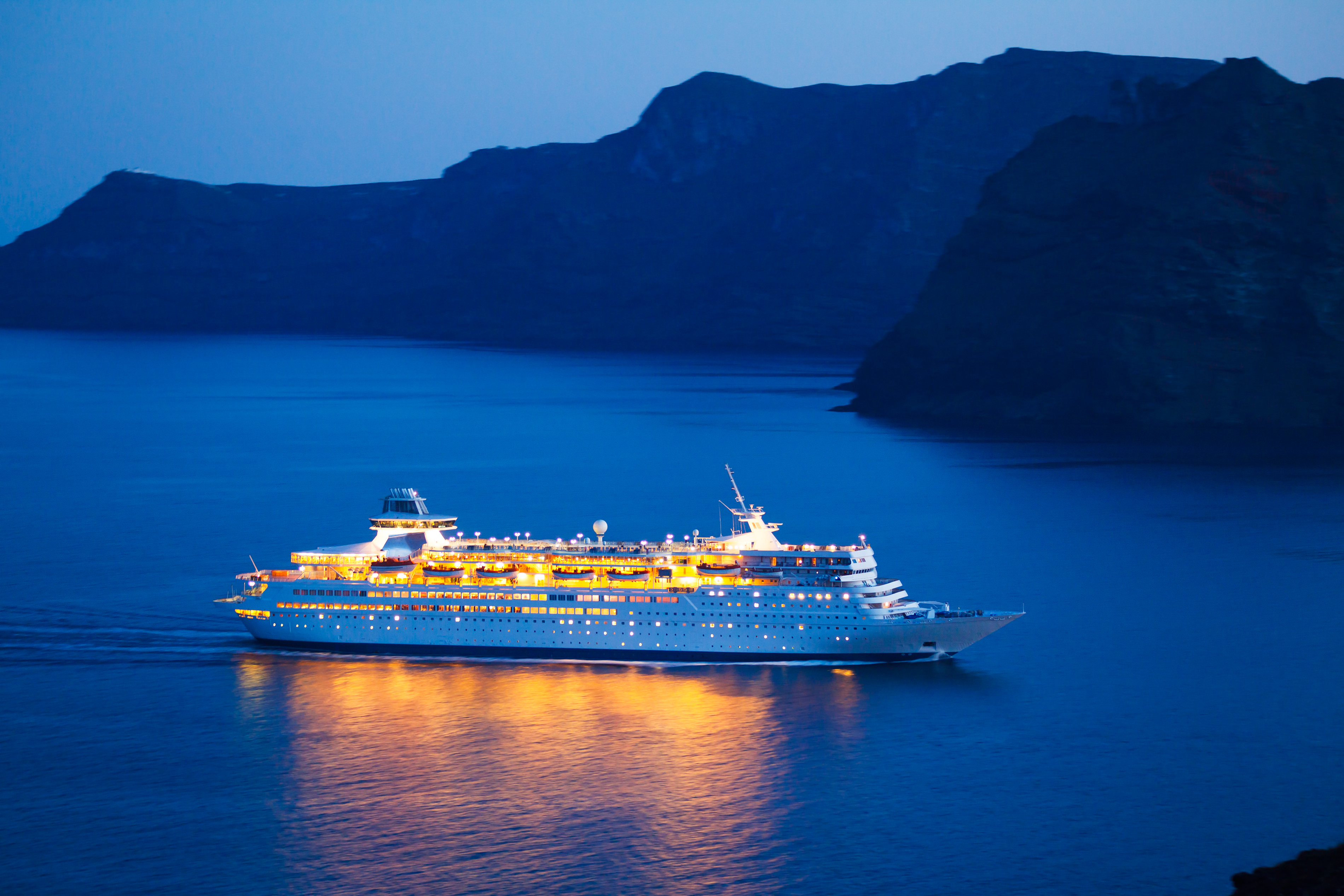
As cities around the world grapple with the challenges of overtourism, innovative cruise tax solutions offer a promising path forward. By leveraging tax revenues to fund conservation efforts, infrastructure improvements, and community development projects, cities can create a more sustainable and equitable tourism industry. While each city's approach is unique, the common thread is a commitment to balancing the economic benefits of tourism with the preservation of local environments and communities. As these cities continue to refine their strategies, they provide valuable lessons for other destinations seeking to manage the impacts of overtourism effectively.


